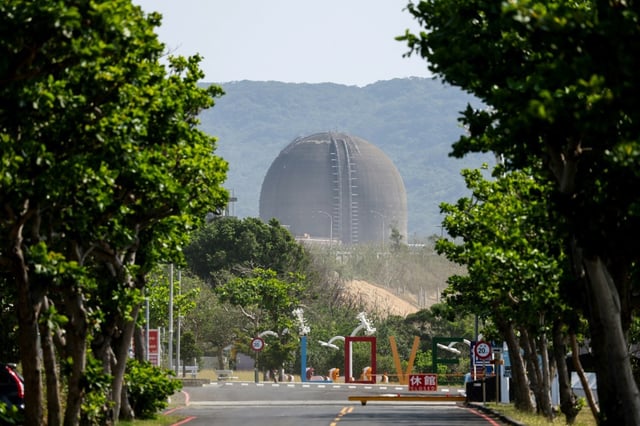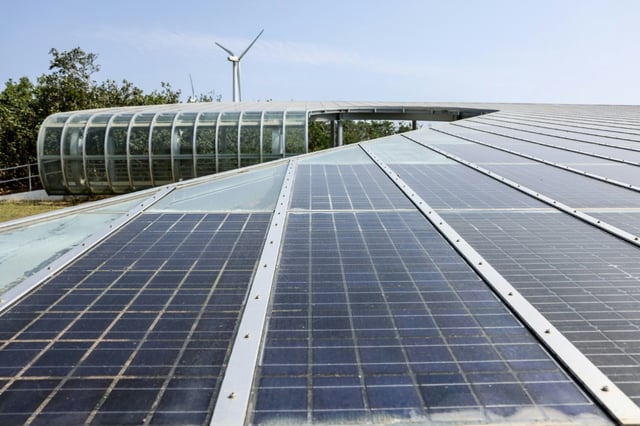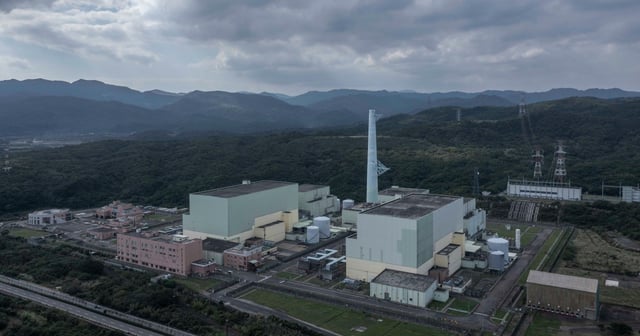Overview
- Taiwan’s last nuclear reactor at Maanshan will be decommissioned on May 17–18, marking the end of its civilian nuclear program after 40 years.
- The closure comes despite a new law allowing nuclear reactors to apply for extended operating licences beyond the 40-year limit.
- Energy demand on the island is projected to rise by 12–13% by 2030, driven by the booming semiconductor and AI industries, with TSMC alone expected to consume a quarter of Taiwan’s electricity by then.
- Renewable energy accounted for only 11.6% of Taiwan’s power in 2024, far short of the government’s 20% target for 2025, raising questions about how the island will meet its net-zero by 2050 goal.
- Reliance on imported LNG and coal, coupled with limited reserves and geopolitical risks, has heightened concerns over Taiwan’s energy security and vulnerability to potential Chinese blockades.



